“I am so proud of the team — spanning continents and decades — that delivered this first-of-its kind achievement,” said Thomas Zurbuchen, associate administrator for NASA’s Science Mission Directorate, in a statement. “Webb’s successful deployment exemplifies the best of what NASA has to offer: the willingness to attempt bold and challenging things in the name of discoveries still unknown.”
It’s the largest mirror NASA has ever built, but its size created a unique problem. The mirror was so large that it couldn’t fit inside a rocket. Engineers designed the telescope as a series of moving parts that can fold origami-style and fit inside a 16-foot (5-meter) space for launch.
The mirror can extend 21 feet and 4 inches (6.5 meters) — a massive length that will allow it to collect more light from objects in space. The more light the mirror can collect, the more details the telescope can observe.
And in order for the observatory to achieve those goals, the mirror’s 18 hexagonal gold-coated segments had to unfold and lock together in perfect sequence.
The precarious process began on Wednesday when the spacecraft deployed a secondary mirror’s support structure. Although much of the focus has been on Webb’s iconic gold mirror, the light collected by it will actually hit a smaller, secondary 2.4-foot (0.74-meter) mirror. This relatively tiny mirror is what directs infrared light to Webb’s science instruments.
Three nearly 25-feet-long (7.6-meter-long) struts support this little mirror. Those were successfully lowered into place, locked and latched on January 5.
“Webb’s secondary mirror had to deploy in microgravity, and in extremely cold temperatures, and it ultimately had to work the first time without error,” said Lee Feinberg, optical telescope element manager for Webb at NASA’s Goddard Spaceflight Center in Greenbelt, Maryland, in a statement on Wednesday.
“It also had to deploy, position, and lock itself into place to a tolerance of about one and a half millimeters, and then it has to stay extremely stable while the telescope points to different places in the sky — and that’s all for a secondary mirror support structure that is over 7 meters in length.”
Webb’s gold mirror began to take shape as the first of the two primary wings was unfolded and latched on Friday. These wings are side panels that hold three mirror segments each. This was followed by the unfolding and latching of the second panel on the other side Saturday.
Risky, painstaking process
All of Webb’s deployments since launch have been controlled from the ground by a dedicated team working 12-hour shifts to ensure that Webb aces each achievement on its journey.
Unfolding the mirrors didn’t take long — only about five minutes per side panel, thanks to a motor-driven process. But the meticulous latching of the panels into place took two hours for each one.
“The successful completion of all of the Webb Space Telescope’s deployments is historic,” said Gregory L. Robinson, Webb program director at NASA, in a statement. “This is the first time a NASA-led mission has ever attempted to complete a complex sequence to unfold an observatory in space — a remarkable feat for our team, NASA, and the world.”
It will spend the next two weeks traveling to reach its intended orbit, which is about a million miles (1.6 million kilometers) from Earth.
During that time, the telescope will make small adjustments to the mirror segments and make a final trajectory adjustment to insert itself into an orbit that reaches beyond the moon.
“While the journey is not complete, I join the Webb team in breathing a little easier and imagining the future breakthroughs bound to inspire the world,” said NASA Administrator Bill Nelson in a statement. “Each feat already achieved and future accomplishment is a testament to the thousands of innovators who poured their life’s passion into this mission.”
A technically complex feat
Sensors, rather than images, have helped Webb’s team monitor the spacecraft as it executed and completed each task.
Initially, NASA considered adding cameras to the spacecraft to help with this process, but they were deemed unnecessary for several reasons. The large telescope has come to life in space by unfolding and unfurling multiple components, which have repeatedly changed its configuration. Webb is also incredibly shiny, so it would be difficult to reduce glare for the cameras. And they also would have added risk to an already incredibly complex design.
“Webb’s built-in sense of ‘touch’ (for example, switches and various mechanical, electrical, and temperature sensors) provides much more useful information than mere surveillance cameras can,” said Paul Geithner, technical deputy project manager for the Webb telescope at NASA’s Goddard Space Flight Center, in a statement.
Once Webb reaches orbit, the telescope will go through a period of setting up shop in space that lasts for about five months, which involves cooling down, aligning and calibrating its instruments. All of the instruments also will go through a checkout process to see how they are functioning.
Webb will begin to collect data and its first images later in 2022, and those are expected to be released in June or July, forever changing the way we see and understand the universe.


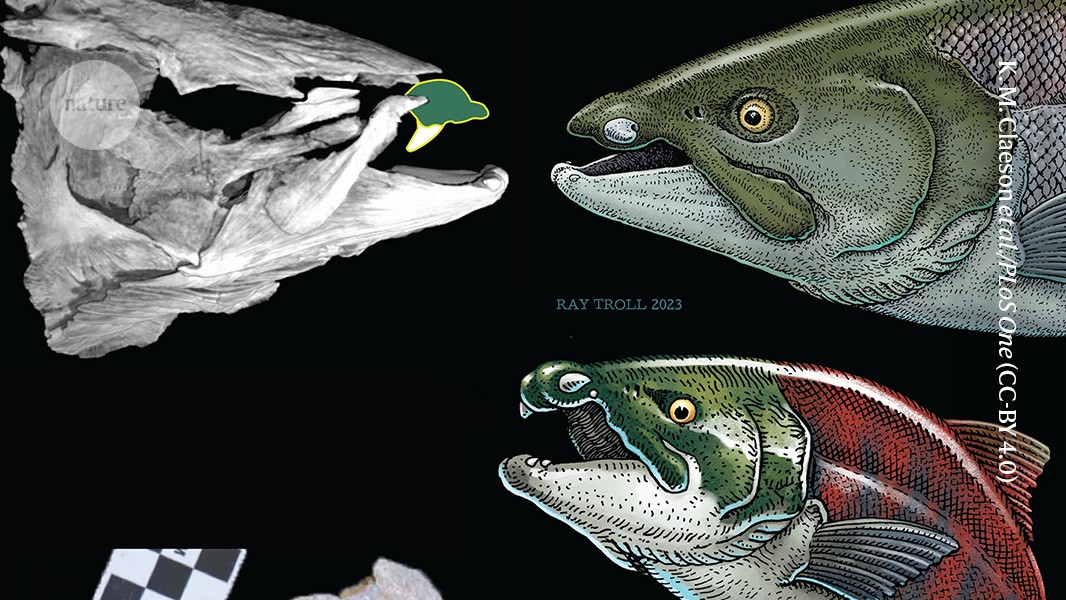

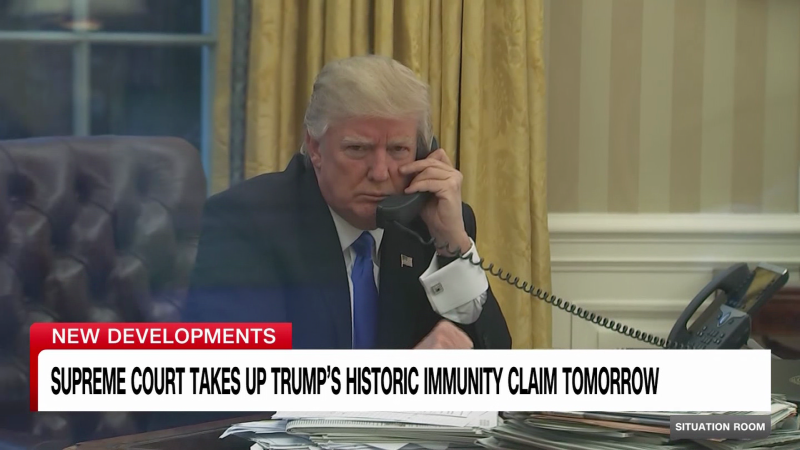


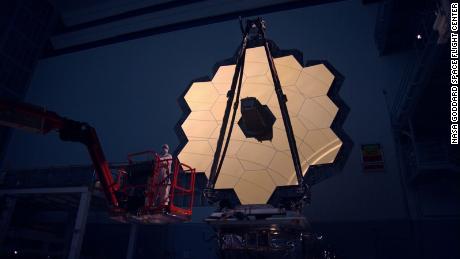
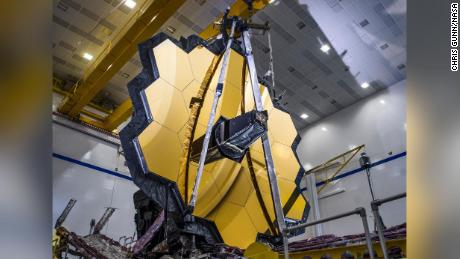
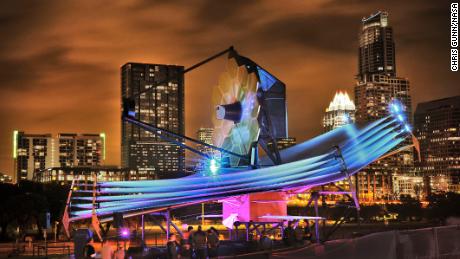

More News
Columbia Says Student Protesters Agree to More Talks and to Remove Some Tents
After $15 Billion in Military Aid, Israel Calls Alliance With U.S. ‘Ironclad’
Trump Respects Women, Most Men Say